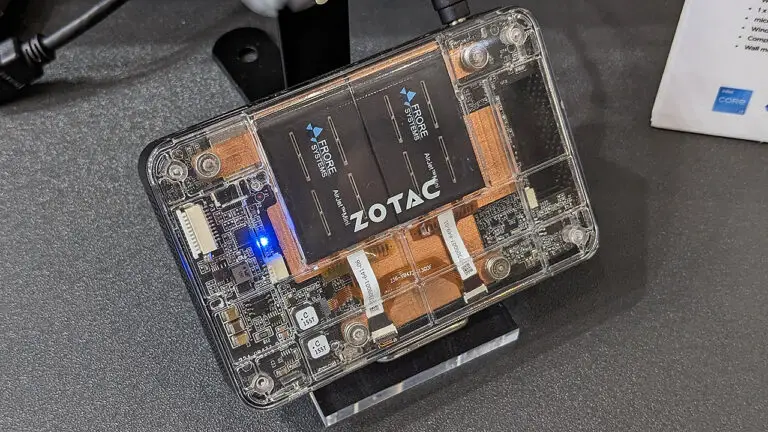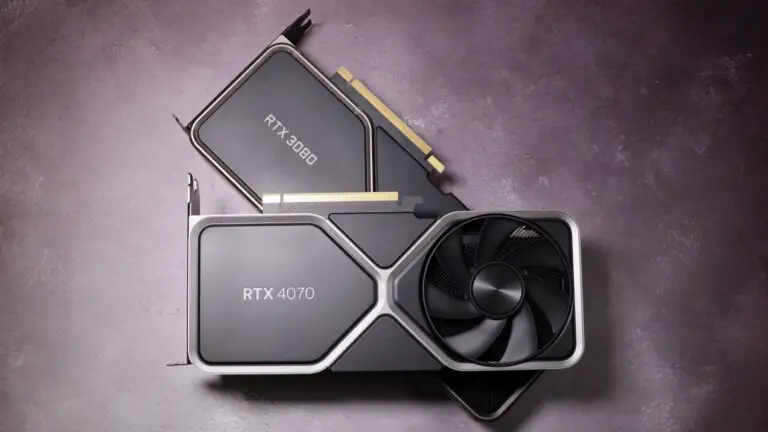Fan-less Cooling Technology and Its Evolution
Traditionally, fan-less cooling technology has been limited to low-power devices due to its passive nature. Devices with higher thermal design power, like gaming PCs, have required larger heatsinks to manage heat dissipation. However, a new era is dawning with the advent of a technology that marries the quiet and reliability of passive cooling with the effectiveness of active cooling, all without the need for conventional fans.
Zotac’s ZBOX Pico PI430AJ Mini PC
The Zotac ZBOX Pico PI430AJ mini PC is a compact powerhouse, boasting a Core i3 N300 processor, 8GB of LPDDR5 memory, and support for NVMe SSDs. Despite its small stature, this mini PC is a fully capable machine, complete with Zotac’s comprehensive connectivity options. What truly sets it apart is its innovative cooling system, which operates without the need for traditional fans.
| ZBOX Pico PI430AJ Specifications | Traditional Cooling Systems |
|---|---|
| Core i3 N300 processor | Varies |
| 8GB LPDDR5 memory | Varies |
| NVMe SSD support | Typically included |
| Solid state active cooling | Fan-based cooling |
| 0.21L in size | Larger due to fans/heatsinks |

AirJet Technology by Frore Systems
The innovative AirJet technology, developed by Frore Systems, is a game-changer in the realm of device cooling. This technology utilizes tiny membranes that vibrate at ultrasonic frequencies to create pulsating jets of airflow. Remarkably, this system achieves active cooling without the traditional fan mechanism, making it a solid state solution.
- No moving parts, reducing mechanical failure
- Operates silently, ideal for noise-sensitive environments
- Ultra-thin design at just 2.8mm, perfect for slim devices
- Lightweight, weighing only nine grams
- Scalable, allowing multiple modules to increase cooling capacity

Applications and Future Potential of AirJet
The AirJet technology extends its potential far beyond the cooling of CPUs. Its versatility makes it suitable for a variety of devices, including handhelds, cameras, IoT devices, and networking equipment. One particularly intriguing application is in the realm of NVMe SSD cooling, where it could significantly reduce the heat and prevent throttling in high-performance SSDs, especially within laptops.
The scalability of AirJet is one of its most promising aspects. For instance, using four AirJet Minis can cool a 20W processor, which covers a range of laptop chips. The vision for the future includes scaling solid state cooling to handle processors in the 45-65W range, which are commonly found in high-performance laptops.
The Future of Solid State Cooling in Gaming PCs
The journey towards integrating solid state cooling into gaming PCs is filled with challenges, especially when considering the high thermal outputs of current gaming hardware. For instance, a high-end processor like the i9 14900K can push a 360mm AIO cooler to its limits, indicating that solid state cooling has a long way to go before it can manage such intense heat loads.
Despite these challenges, the prospect of a fan-less, silent, and reliable cooling system in gaming PCs is an exciting one. The potential for quieter, thinner, and more efficient systems is immense, and the industry is watching closely as this technology develops. The anticipation for future advancements in solid state cooling technology is palpable, and many are hopeful for what this could mean for the next generation of gaming hardware.

